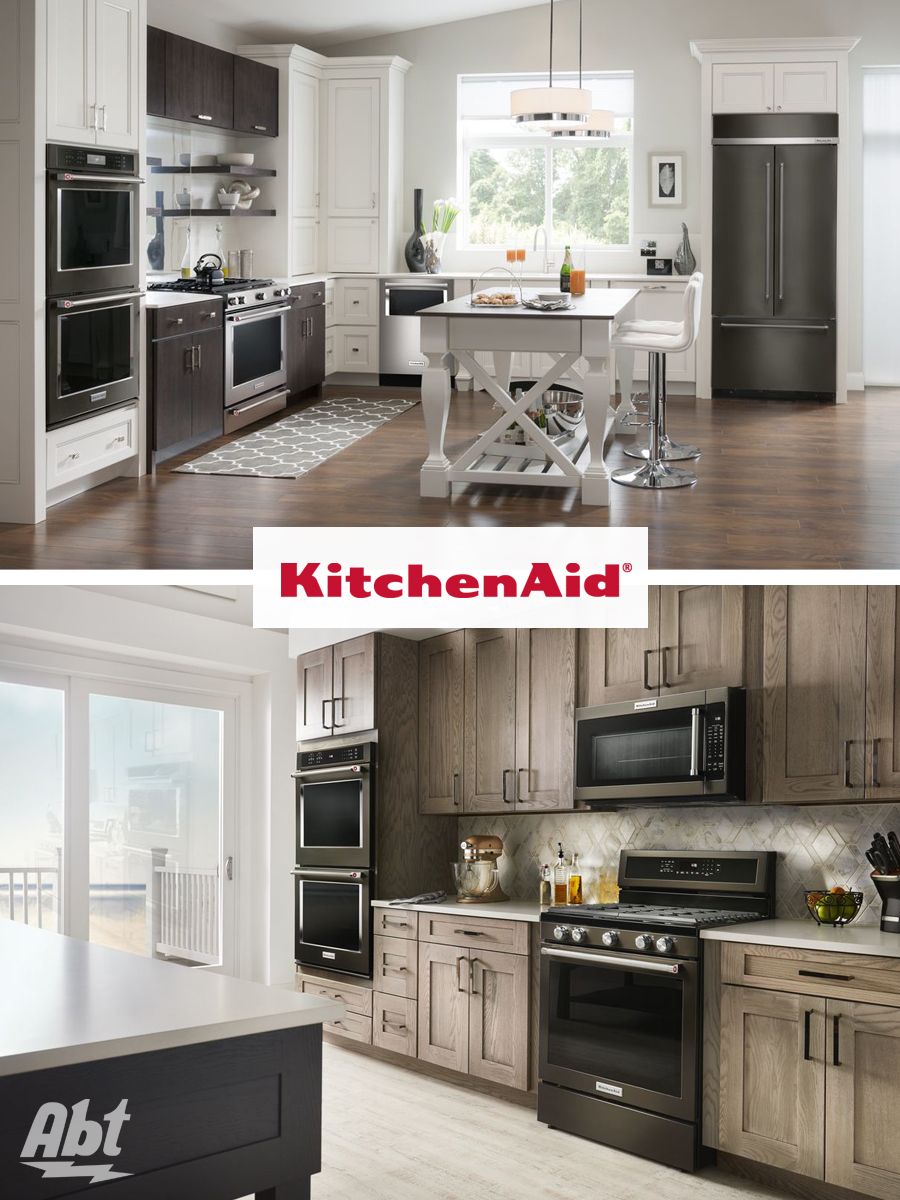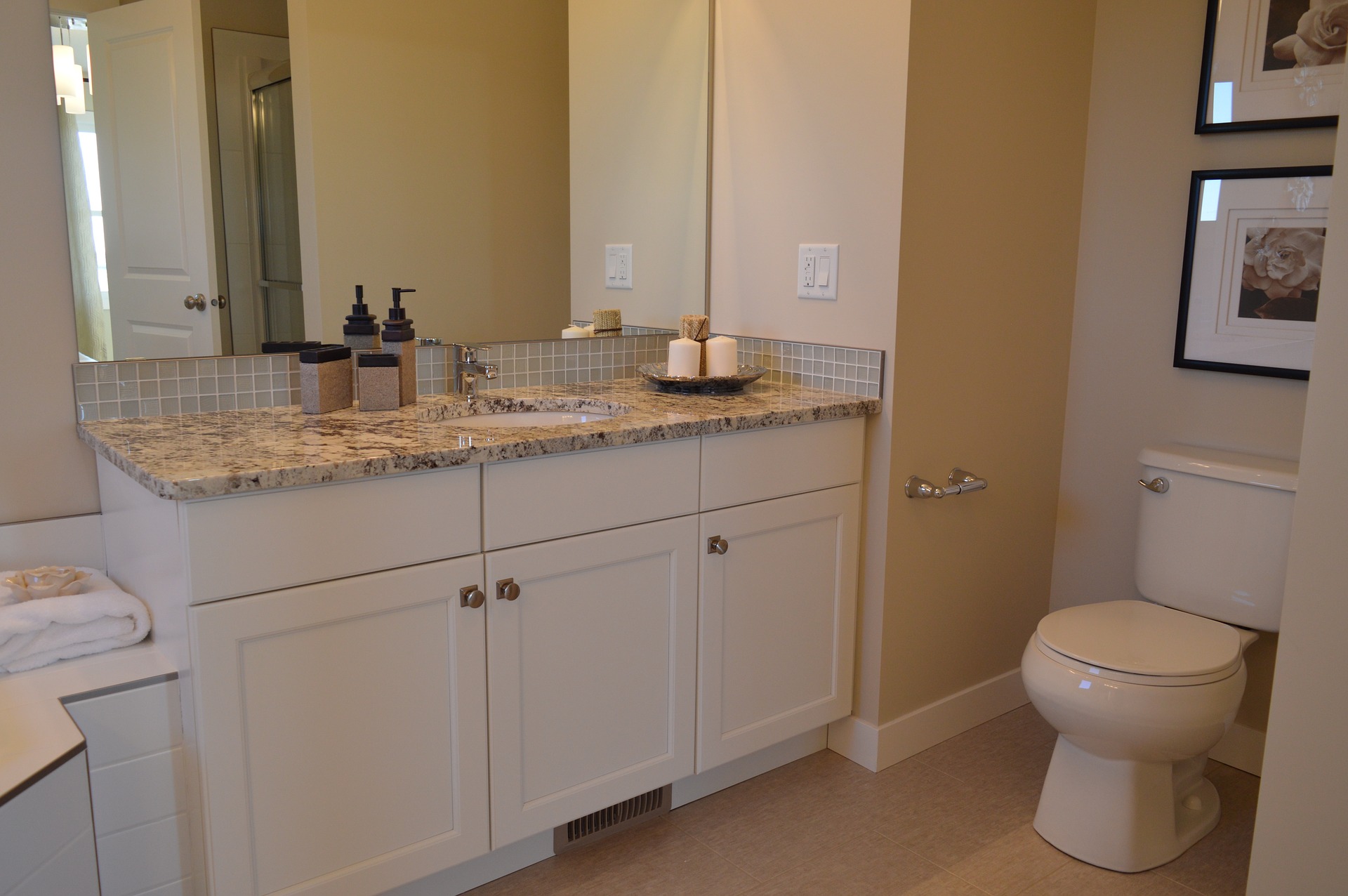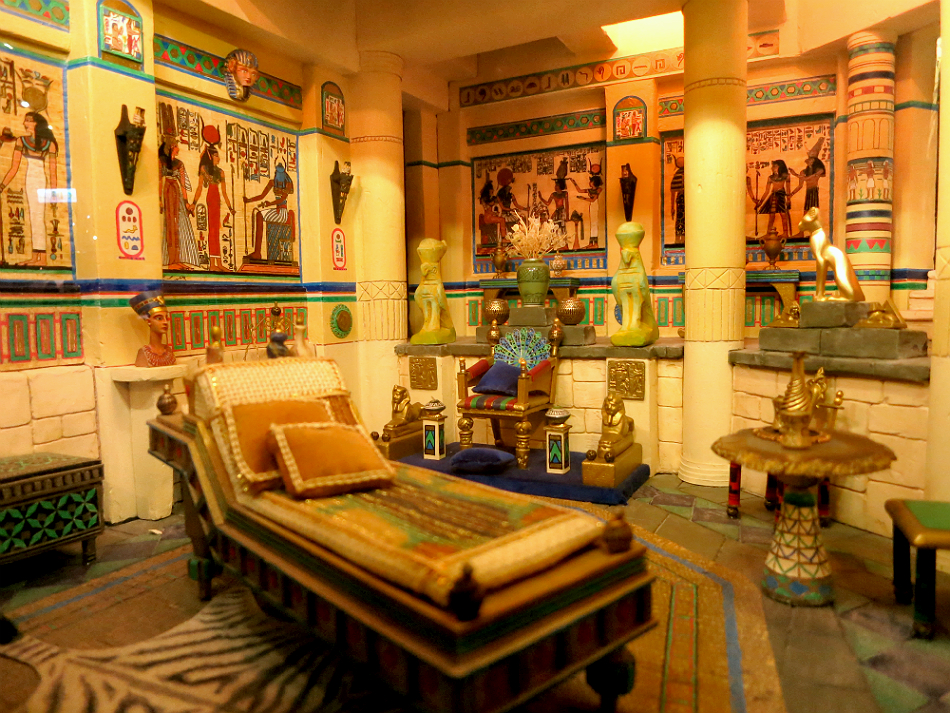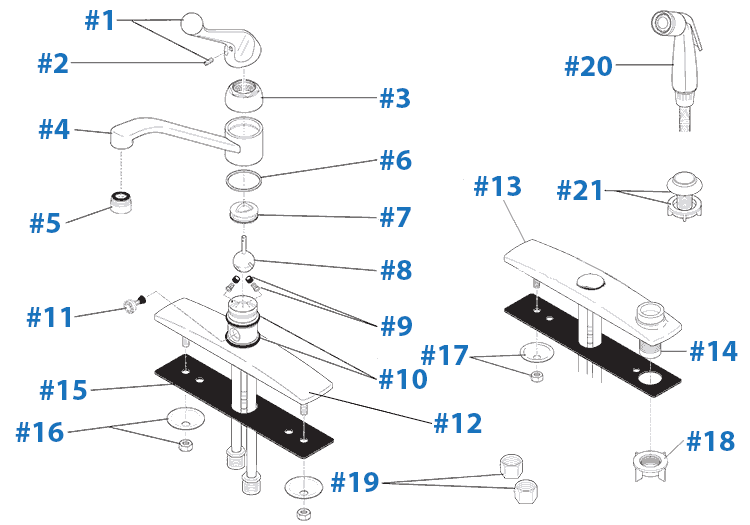Designing a kitchen layout can be overwhelming, but implementing the right strategy is key to creating an efficient design. There are a variety of shapes, sizes, and spaces to consider when planning out your kitchen, and ensuring proper flow throughout the space is essential when completing the overall design. The most popular kitchen layouts include the one-wall kitchen, the galley kitchen, the U-shaped kitchen, and the L-shaped kitchen. Evaluating your available space and previously desired elements will help you to determine the ideal layout for your kitchen design. Kitchen Layout Design
Choosing the right cabinets and countertop design is another important part of the overall kitchen design. The style of cabinetry should fit the style of the home, while the counter should match the amount of available space. Some of the more popular cabinet materials include wood, laminate, and metal. With countertops, stone materials such as granite and quartz are popular, but are not the only options. Other materials such as butcher block and concrete can also provide unique designs and textures perfect for the right kitchen design. Cabinets and Countertop Design
Selecting a durable and attractive flooring material is an important decision when designing a kitchen. Many homeowners choose to utilize tile, as it is easy to clean and typically requires minimal maintenance over its lifespan. Additionally, tile materials are often available in a wide variety of colors and textures, providing additional design options. For a softer feel, hardwood is also an option. It is important to choose a material that will last long and will be easy to maintain with high levels of kitchen foot traffic. Flooring Design
Choosing the right appliances is key to a successful kitchen design. When making appliance selections, it is important to choose items that fit the overall kitchen design and are relatively easy to use. Upgrading certain features like refrigerator size and oven specifications can also increase the overall efficiency and convenience of the space. Additionally, making sure all appliances are able to work with one another can help to prevent any potential problems in the future. Evaluating all of the available options before making a purchase is key to ensuring a quality kitchen design. Appliance Selection
Aside from finding the perfect appliances, it is important to integrate the right lighting into the overall kitchen design. Good lighting is essential for completing work in the kitchen, so finding an option that provides adequate brightness is ideal. Selecting the right lighting fixtures can provide additional embellishment for the design, while providing the necessary illumination. Additionally, brightening up the countertops and seating areas with recessed lighting can provide a warm and inviting atmosphere that will greatly improve the overall feel of the space. Lighting Design
Along with the proper lighting design, adding the right window treatments can add additional beauty and style to the overall kitchen design. Selecting the right window treatments can be a daunting task; however, finding the perfect option can help to tie the entire room together. The most popular options include blinds, shutters, draperies, and curtains. These window treatments can be used to add a unique touch to the kitchen, while also providing the necessary protection against bright sunlight and added privacy when needed. Window Treatments
When it comes to kitchen design, furniture placement is also an important factor. Where you place your seating, tables, and cabinets can drastically change the flow and feel of the space. Placing furniture on the perimeter walls of the kitchen can provide an open and spacious feeling, while strategically placing furniture in the center of the room can create a more intimate atmosphere. When considering furniture placement, make sure to provide appropriate measures for adequate traffic flow through the kitchen. Furniture Placement
When it comes to kitchen design, having storage solutions is essential to keeping the space organized and clutter-free. Understand the items you are storing, and plan out the appropriate storage solutions ahead of time. Adding built-in features such as pull-out shelves, lazy Susans, and drawer dividers can all enhance the organizational aspect of the kitchen, while providing additional style and texture to the overall design. Additionally, using wall-hung storage solutions can keep all of the items off of the counters, providing additional space for food prep or meal consumption. Storage Solutions
Choosing the right color scheme for the kitchen design can completely transform the space. Consider the other elements of the kitchen design and make sure all the colors complement each other in order to properly enhance the overall design. Popular color schemes often consist of colors found in nature, such as blues, grays, whites, and earthy shades like green and brown. In addition to the main colors, adding a few statement colors on cabinets and walls can provide added appeal to the final design. Color Scheme Design
Adding the right accessories and finishing touches can help to give the kitchen design that extra special shine. Adding smaller elements such as table runners, placemats, door handles, and stylish dishes can all help to pull the theme together. Decorative wall hangings and art pieces can provide the kitchen with the perfect level of embellishment, while adding appliances and smaller appliances such as mixers and toasters can increase the overall efficiency of the kitchen. When selecting accessories and finishing touches for the kitchen, ensure that all of the items fit with the overall color scheme and look of the space. Accessories and Finishing Touches
Core Kitchen Design from Professional Sources
 At the heart of any home is the kitchen, and it can be said that the core of any kitchen design is also dependent upon the general concept. As one of the more intricate and important parts of any home, it is crucial that the core kitchen design be crafted with skill, attention to detail, and expert advice. For those looking to start their journey into the world of interior design, there are plenty of reliable professional sources that can assist.
At the heart of any home is the kitchen, and it can be said that the core of any kitchen design is also dependent upon the general concept. As one of the more intricate and important parts of any home, it is crucial that the core kitchen design be crafted with skill, attention to detail, and expert advice. For those looking to start their journey into the world of interior design, there are plenty of reliable professional sources that can assist.
What Can Professional Designers Provide?
 Professional kitchen designers are extremely adept at taking a concept and bringing it to life. An experienced designer will bring creative ideas to the table that fit within the concept as determined by the client. They will be very knowledgeable about the trends in interior design, colors, textures, fixtures, lighting, and more. This range of expertise is invaluable to making sure that all elements of the core kitchen design are cohesive and well-rounded.
Professional kitchen designers are extremely adept at taking a concept and bringing it to life. An experienced designer will bring creative ideas to the table that fit within the concept as determined by the client. They will be very knowledgeable about the trends in interior design, colors, textures, fixtures, lighting, and more. This range of expertise is invaluable to making sure that all elements of the core kitchen design are cohesive and well-rounded.
Decisions and Execution are Essential for Core Kitchen Design
 The decisions made by the designer are only half the battle, as the actual execution of the core kitchen design is also vitally important. A great concept is worth nothing without be executed properly with the right materials. This includes dedicated attention to the measurements, materials, installation, and more that is needed to complete the kitchen to its full potential. This is why sourcing a professional designer with a proven track record will be so valuable.
The decisions made by the designer are only half the battle, as the actual execution of the core kitchen design is also vitally important. A great concept is worth nothing without be executed properly with the right materials. This includes dedicated attention to the measurements, materials, installation, and more that is needed to complete the kitchen to its full potential. This is why sourcing a professional designer with a proven track record will be so valuable.
Choosing the Right Materials and Fixtures
 Finally, it takes specialized knowledge to properly select materials and fixtures that are optimal for a core kitchen design. For example, countertops vary greatly, and selecting the right type of marble, granite, or other material takes time and understanding. A professional designer knows exactly what materials work best together as part of a well-thought out kitchen design.
Designers with professional experience are essential to crafting a well-executed and impactful core kitchen design. They not only have the vision to see a great concept through, but also the expertise to make sure it is successful. This makes the decision to work with an experienced designer practically a no-brainer.
Finally, it takes specialized knowledge to properly select materials and fixtures that are optimal for a core kitchen design. For example, countertops vary greatly, and selecting the right type of marble, granite, or other material takes time and understanding. A professional designer knows exactly what materials work best together as part of a well-thought out kitchen design.
Designers with professional experience are essential to crafting a well-executed and impactful core kitchen design. They not only have the vision to see a great concept through, but also the expertise to make sure it is successful. This makes the decision to work with an experienced designer practically a no-brainer.





























































































